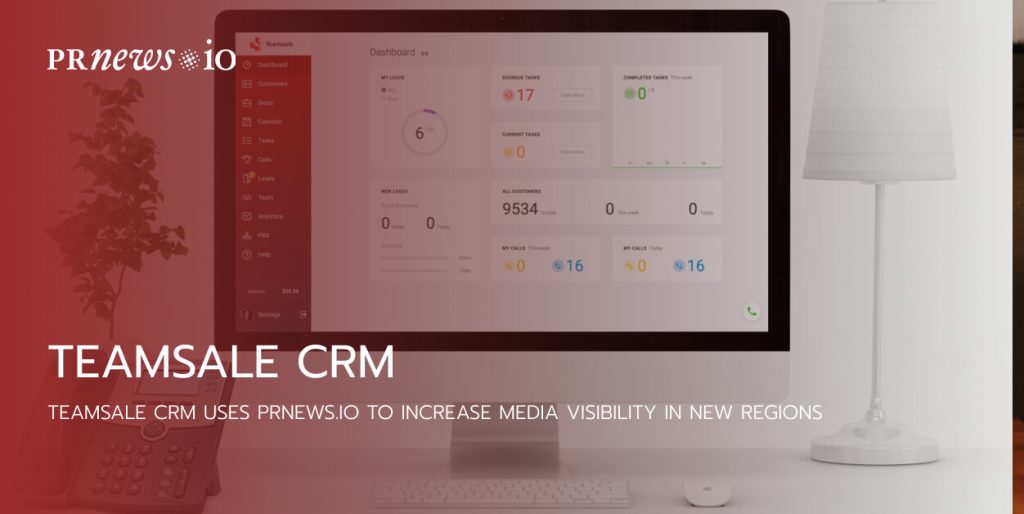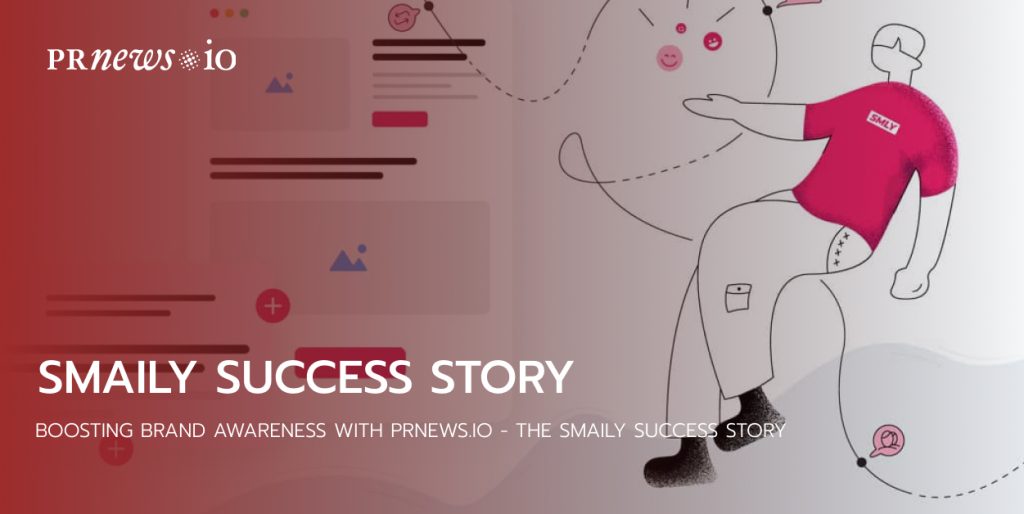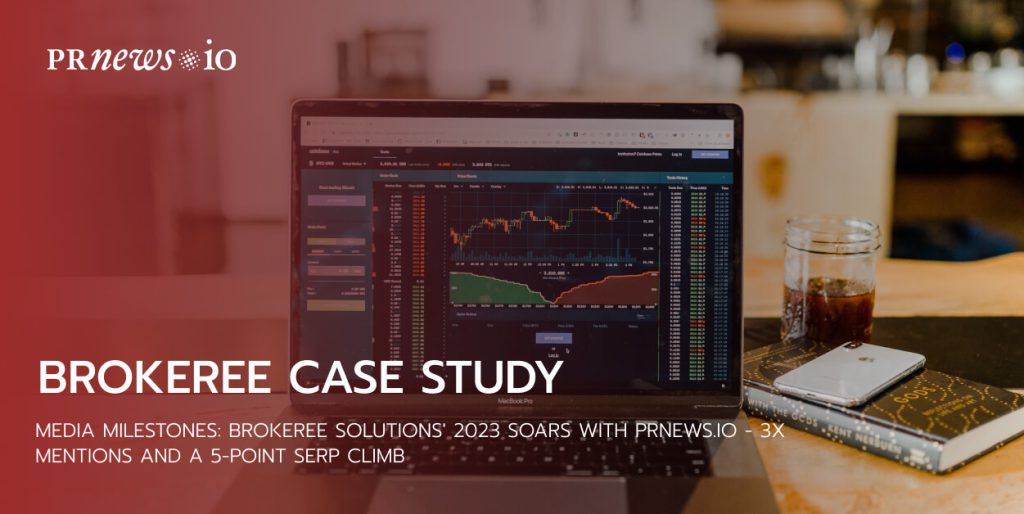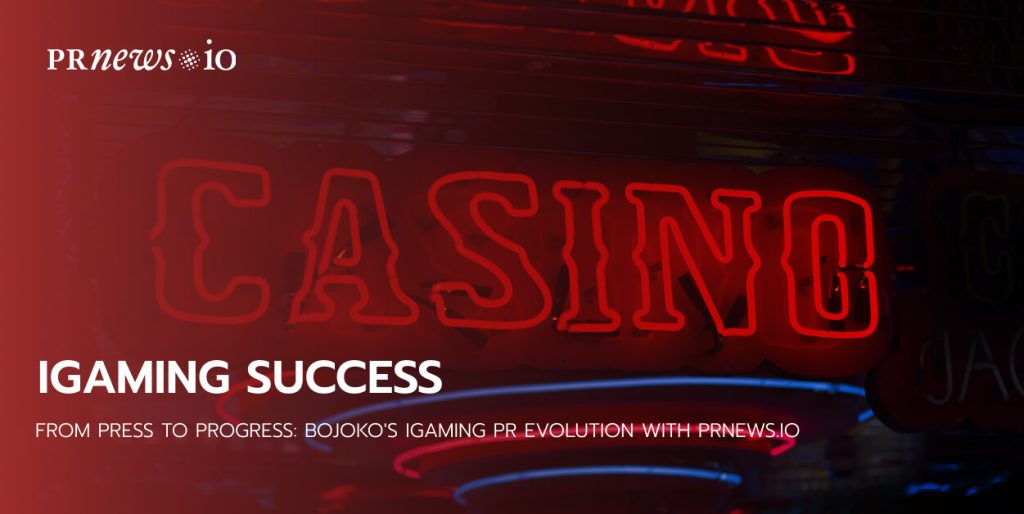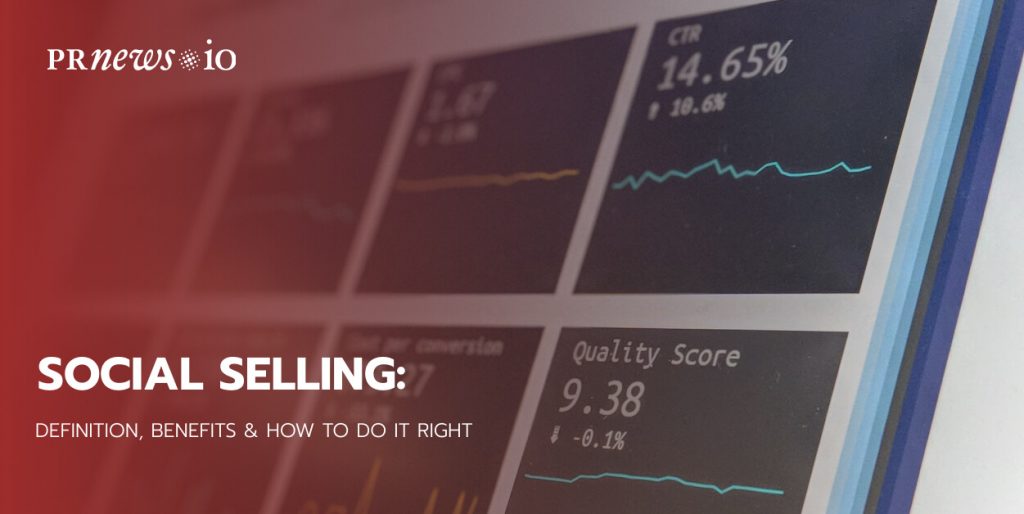
If you have a corporate social media page, you may already be doing social selling without realizing it. But by implementing a thoughtful strategy, companies may significantly strengthen their position in the market, improve their reputation, and win a new audience.
To get you started on your social selling, we’ve prepared together a comprehensive guide. It includes everything from the definition of social selling, its benefits, steps to do it right, and metrics to measure its results.
Social selling is a sales process that uses social media accounts to build relationships with prospects, where the final goal is selling products or services to them.
You may use such social media platforms as LinkedIn, Twitter, Facebook, Pinterest, and Instagram to interact with potential customers, provide them with valuable content, and establish trust and credibility. These activities differ from traditional advertising which focuses on pushing products to customers through more traditional methods like paid ads, email newsletters, etc.
Social selling established relationships and provides quality and useful content to potential customers before asking them to buy. Companies that invest in social selling increase their chances of converting prospects into customers and driving more sales.
The Difference Between Social Selling and Social Media Marketing
Social media marketing increases awareness of the brand and its products in order to attract potential customers. With social selling, you convert these prospects into buying customers.
Social selling acts on social media platforms to engage sales and develop relationships with prospects. If the social selling activities are successful, a potential customer will become to be ready to make a purchase of the product or service much faster.
Why Do You Need to Implement Social Selling
Social selling aims to sell products through social media accounts/ But it has more advantages than just increasing sales.
Here are some of the benefits that social selling can get to businesses to increase sales and improve their reputation:
Builds trust
Trust is the basis of business and the sales process—people want to do buy from someone they trust. Communicating with your customers and prospects and building a personal relationship with them – builds trust so they feel comfortable with you and, as a consequence, they buy your product or service.
For example, when selling through the accounts on Facebook and Instagram, you can create a group and build a community around you and your company.
Increases brand awareness
One of the most important components of marketing is brand awareness, which makes to appear your company in the consciousness of people. With proper social selling, people tend to trust the brand more, and share its posts or posts about the company, while increasing the amount of audience reach and brand awareness.
In addition, being active on social media makes your company easier to be found and easier to learn more about your products, which also has a positive effect on brand awareness. The number of potential purchasers who notice your brand can increase.
Provides an educated audience
Valuable content educates your target audience more about your industry and product features. As they get smarter, they cope better with solving daily problems that they run into. As they learn more, they can better understand where your product can fit into, how it differs from your competitors and facilitates their workflow.
Optimizes Your Ad Budget
Good organic reach is helping your paid ads. If you see, for example, a post on social media driving traffic from your employees’ networks, you can use it as a basis for your paid ad that will have better prices for bids.
In addition, social selling helps you field-test ideas for videos, images, and other assets before you decide to create the ads with them.
Gives you insights into your customer base
When a company is practicing social listening and has strong relationships with customers, it learns a lot about the needs and motivators of those customers. In this regard, social selling is not only a sales method but also a way of market research.
Even if a social interaction does not lead to a sale, it can still provide the company with valuable data about customer likes and interests. Companies can use this information to create future marketing campaigns, develop new product designs, and make better offers.
Generates High-Quality Leads
By correctly defining your target audience on social media you will get the audience who want your company to solve their problems. So, when they download your ebooks, attend a webinar, and engage in other ways, they’ll actively work to incorporate your product or service as a solution to their problem. Finally, they are becoming closer to making a purchase and you have to put less effort than working with a cold audience.
Engages Your Employees
Finally, social selling is a great technique to engage your employees and other teams. Giving employees the power to be active on social is empowering. It gives them a runway to build their own audience and grow their networks, based on the products of the company. Therefore their activity benefits your company too.
As you launch your own social selling campaign, remember what differentiates social selling from traditional advertising—it’s that trusting connection. Here are consistent steps and tips to keep in mind for successful social selling:
- Define your target audience
This might seem principal for sales professionals, but sometimes even the professionals forget these basic steps sometimes. Take the time to focus and think about who your perfect customer is. Narrow down their characteristics and behavior patterns as much as possible so you can put your social selling efforts on the right people.
- Identify which social media platforms your audience like
Now it’s time to identify which social media platforms they use the most. Do they spend most of their time on Instagram or Pinterest? Or do they prefer video channels like YouTube and TikTok?
- Create a professional brand
If you want potential customers to not only trust but also respect your business, you have to demonstrate expertise. Ensure that your required business licenses, relevant industry certifications, and the link to your website are easy to find on social media pages.
Always remember to provide prompt, respectful communication to your followers.
- Put value over volume
Give your audience a reason to follow you by sharing useful posts, following key influencers, and offering thoughtful solutions that provide real value. Your content should be concise, informative, and leave your followers expecting more content.
- Share content
The best way to get your brand in front of your prospects is to share content on your social media pages. Follow the industry trends, share your thoughts on industry reports and updates, or highlight some of your clients and their successes. The key here is to be engaging and avoid spamming your followers with constant similar or not informative posts.
Some formats of content that are currently popular on social media include:
- Short videos with trending tracks on Instagram and TikTok
- Lengthy and informative video guides on YouTube
- User-generated content from your followers rather than just influencers
- Amusing visuals, comments, and tweets
Online Publicity Workbook
- 100+ content ideas for your B2B startup;
- ideal for do-it-yourself publicity plans;
- schedule your PR campaign in advance.
- Practice social listening
Social listening is a vital part of social selling. Whether customers are expressing their disappointments with your brand or demonstrating their newest purchase, you need to know about it.
This gives an opportunity you to respond to the issues early and engage with your customers, enhancing your relationship with them. If you see a piece of content where you mentioned you have something to say about it, add your comment. If someone asks a question, answer it.
- Set up a customer relationship management (CRM) service
Such platforms will help track customers, create segments, and offer personalized communication. Put the efforts into customer retention activities to drive repeat purchases and even viral marketing. Initiate a customer loyalty program to reward shoppers for their purchases.
- Build Your Network
Be proactive and use your base of contacts to expand your brand reach even further. Join new social media groups or forums, send invites, and actively grow your network.
- Be Patient
Social selling is a slow, engaging process that requires a lot of patience. It’s about building relationships over a long time. Some people need to read five pieces of content before engaging with you or buying your product, other people need less or more. So be consistent and give them a reason to stay with you.
- Use analytics
Most social networks provide powerful enough analytical tools. You can use this data to define the types of people who engage with your profiles, which content they like, and which posts and ads they’re clicking on. Top social sellers use these insights to inform and refine their messaging and outreach.
There are two kinds of social selling results you need to concentrate in:
- Quantitative results: This means the reach and engagement metrics and a number of followers.
- Qualitative results: The quality of the relationships you’re working on and how many people buy from your social selling activities.
Both are important results to track, but you also need to be careful not to get involved in the numbers—especially at the beginning.
There are some specific social selling metrics to pay attention to. Take a look at them:
Social Selling Index (SSI)
Social selling index (SSI) is a metric that LinkedIn implies to each user based on their social selling activities. It can be estimated from 0 to 100 and is calculated based on four elements:
- establishing your professional brand,
- finding the right people,
- engaging with insights,
- building relationships.
You can measure your SSI on your LinkedIn analytics tool and compare it with your industry benchmarks. A higher SSI shows that you are more effective at social selling and more likely to accomplish your sales goals.
The SSI score is a useful metric for helping you determine which areas of social selling you should focus on. And. of course, use this metric for your other social media accounts.
Engagement Rate
The engagement rate is an indicator that measures how well your social media posts resonate with your followers. It is calculated by dividing the total number of likes, comments, shares, and clicks by the total number of impressions or views.
A higher engagement rate means that your content is relevant, informative, and interesting to your target audience. Also, you can use different social media services to monitor your engagement rate across different platforms and optimize your content strategy accordingly.
Conversion Rate
Conversion rate is a metric that helps you understand how many of your social media leads turn into customers. It is calculated by dividing the number of sales by the number of leads received from social media.
A higher conversion rate means that your social selling process is effective and efficient at moving prospects through the sales funnel.
Revenue Attribution
Revenue attribution is a metric that measures how much revenue your social selling activities contribute to your company. It is calculated by assigning a percentage of the revenue to each touchpoint or interaction that influenced the customer’s decision to buy. A higher metric shows that your social selling efforts have a significant influence on your profit.
Wrapping Up
Remember that social selling is about building strong and long-term relationships with your audience by learning what they want to get from you. As such, the conversation you have with your audience needs to give value. Focus on solving customer issues and doubts, rather than just advertising products and services.
Content Marketing Platform
- 100,000+ media publications;
- get backlinks to your product;
- scale work with content distribution.
FAQ Social Selling
Social selling is a sales technique that involves using social media platforms to identify, connect with, and engage potential customers. It focuses on building relationships, sharing valuable content, and nurturing leads through the buying process, ultimately leading to increased sales.
Social selling the inbound way refers to a sales approach that combines social selling techniques with inbound marketing principles. It emphasizes creating valuable content, listening to the audience, and building authentic relationships to attract potential customers rather than using aggressive sales tactics.
How to calculate the Social Selling Index (SSI)?
The Social Selling Index is a metric developed by LinkedIn that measures a user’s effectiveness in social selling on their platform. It is calculated based on four key elements: a. Establishing your professional brand b. Finding the right prospects c. Engaging with insights d. Building relationships Each element is scored on a scale of 0 to 25, and the total SSI is the sum of these scores out of 100.
What is the Social Selling Index (SSI)?
The Social Selling Index (SSI) is a numerical score provided by LinkedIn to measure an individual’s social selling effectiveness on the platform. It helps users gauge their social selling efforts and provides insights into areas for improvement. How have social media tools most likely affected ersonal selling? Social media tools have significantly impacted personal selling in several ways:
- a. Increased Reach: Sales professionals can connect with a broader audience globally, expanding their reach beyond traditional methods.
- b. Enhanced Targeting: Social media provides valuable data that allows salespeople to target specific demographics and interests, making their efforts more efficient.
- c. Real-time Communication: Sales reps can engage with prospects in real-time, answering questions and providing support instantly.
- d. Relationship Building: Social media facilitates relationship-building efforts, helping salespeople establish trust and credibility with potential customers.
- e. Content Sharing: Sales professionals can share valuable content with their audience, positioning themselves as industry experts and thought leaders.

